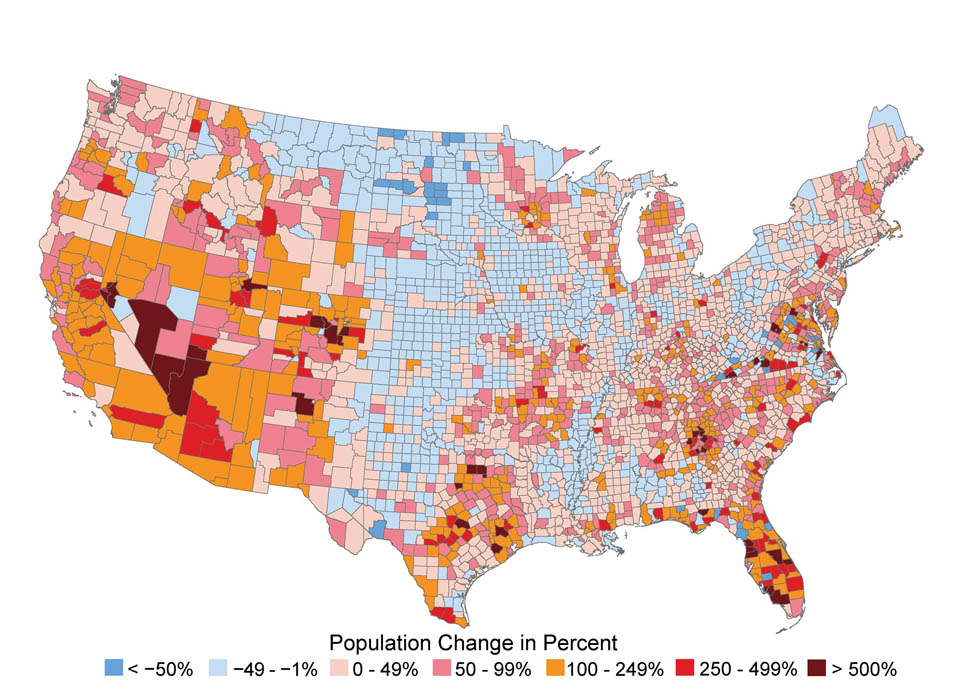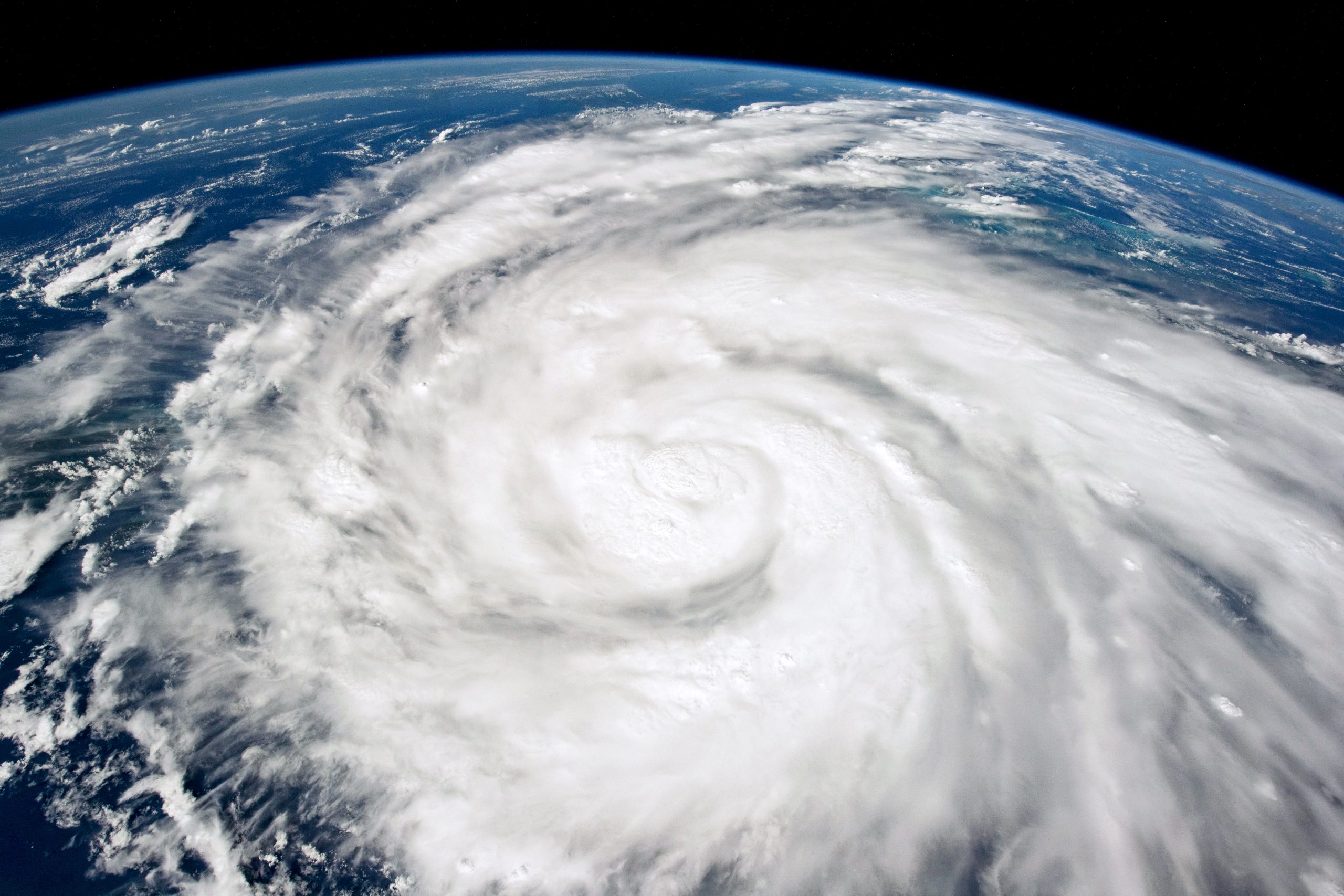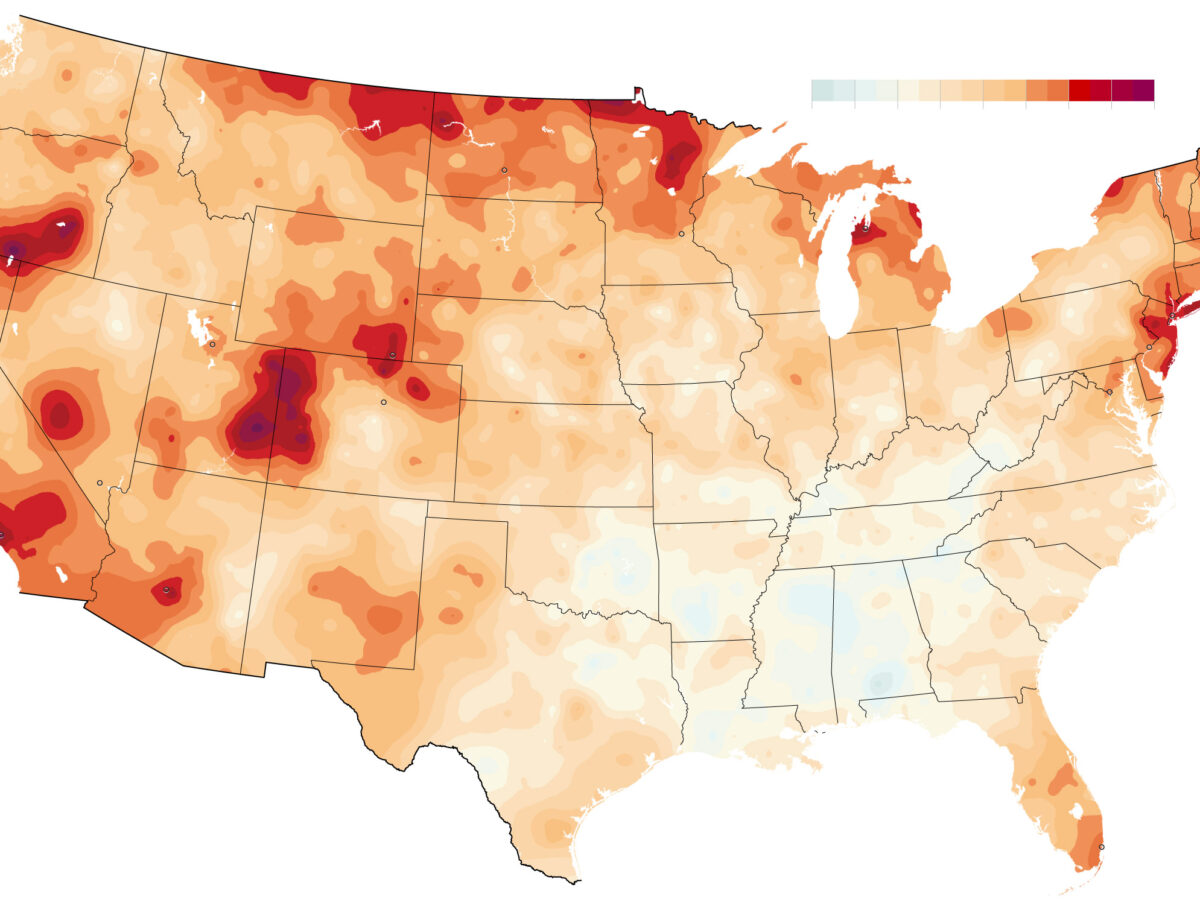Introduction
North America, the third-largest continent is suffering multiple challenges due to climate change. According to macro-trends, in 2022, North America’s population was recorded at 376,870,696, with an increase of 0.42% from 2021. A large number of people are at a risk because of the ongoing climate change situation in the region. If essential actions are not implemented, the region will continue to endure a wide range of climate change-related consequences of greater intensity. It is a fact that North America will be negatively impacted by climate change but it is also true that that this region has historically produced more greenhouse gas emissions than any other continent and is still actively contributing in global warming and climate change. The United States is mostly responsible for this as it is one the region’s largest single emitter of greenhouse gases due to human activities. Just behind China, the United States is currently the second-largest emitter of greenhouse gases worldwide. Changes in rainfall patterns and a sharp increase in the warming of the region are depicting how climate change is already influencing North America.

Trends of Climate Change in North America
In North America, numerous impacts of climate change are being seen, since 1995 the average air temperature is increasing with the majority of the warming occurring in Alaska, northwest Canada, and the interior of the continent as a result of human-related activities and natural factors. Additionally, the majority of North America’s yearly precipitation of rain and snow has increased. North America has warmed by around 0.7°C over the previous century. If the emissions are low, the warming of the region could stay at 1-3°C over the next century. On the other hand, if emissions are greater, they temperature could rise by as much as 3.5-7.5°C. Accordingly, by the middle of the century, major dangers to North America are anticipated to increase quickly if the overall global warming exceeds 1.5°C. These dangers will have a negative impact on the environment and will cause changes to ecosystems, increased damage to houses and infrastructure, stress on the economy, disruption of livelihoods and well-being of the individuals as well as severe health issues and disorders.
North American Summer 2022
Extreme temperatures were experienced by several countries in the summer of 2022, numerous temperature records at the local, state, and regional levels have been broken due to a series of early heat waves that occurred around the world. Hundreds of millions of people have been impacted by the effects of these heat waves, which have had a particular impact on natural ecosystems, food supplies, energy prices and demand. It is because the agro-ecosystem of North-America has negatively impacted due to climate change and extreme weather patterns in the region. North-America in particular Texas’ temperature was unusually high in May 2022. After a “heat dome” that affected an estimated 100 million people settled in the area, the area saw another warm spell in the middle of June. In spring, the temperature was higher than average in certain areas of Mexico. The heat waves in summer 2022 proved to be the worst, when compared with the average temperature between 1991 and 2020. This demonstrates that during the past few years, climate change impacts have increased in frequency and intensity across North America.

Climatic Facts of North America
According to projections, climate change will affect North America as a whole, which will create specific problems for risk management and adaptation. These climatic changes in the region grow more evident with rising greenhouse gas emissions and increased levels global warming. The majority of the region is constantly influencing due to greater than average temperature changes which are attributed to human impact. In future, these temperatures are expected to increase at extreme levels in any way. Most coasts are expected to see an increase in relative sea level rise, which is related to more frequent coastal flooding and erosion. Both marine heat waves and ocean acidification are expected to get worse. In a warming planet, there are already losses in glaciers and snow cover and the trend will continue to do so because of the weather patterns affected by global warming. Extreme tropical cyclones, powerful storms and dust storms are anticipated in following areas i.e. Caribbean, USA Gulf Coast, East Coast, Northern and Southern Central America.
Conclusion
To conclude, there is a need to understand the importance of adaptation in North American region. For climate change, Governments has a crucial role to play. Through decision-making process, Governments can involve professionals, policy makers, international institutions, organizations and all other concerned stakeholders, in this way it is possible to mainstream climate adaptation. Furthermore, taking into account the role of private-sector can support adaptation efforts through new and innovative ideas. Planning with equitable solutions, efficient management and effective implementation of the policies along with integrated approaches and coordination are much needed as they will not only recognize the climate risks, challenges and issues but will also help to address them.

Research Associate, Pakistan House



